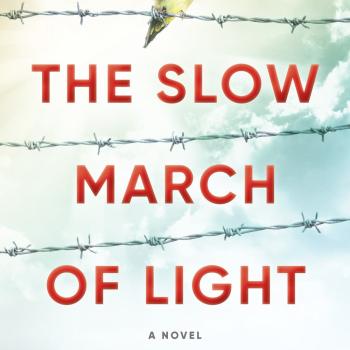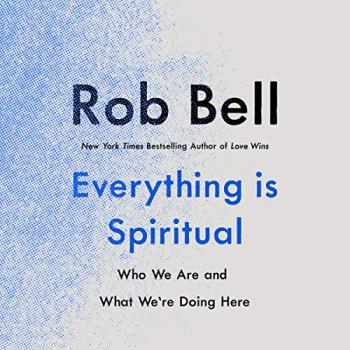According to Ray Noll, author of Sacraments: A New Understanding for a New Generation, “Memorial feasts such as these involve the human capacity to reach back in mind to a saving act of God, to bring it out of the past and into the present and celebrate it, to put it on, to make it your own” (51). Each year, Passover is celebrated to commemorate when God spared firstborn male Jews, in Egypt, from death, during the final plague. Such is the commemoration that Christ and his disciples partook in at the upper room. But, Jesus did more than commemorate. By eating together, Jesus and his friends were performing the Paschal peace offering; and it was in this action that Jesus gave new meaning to the sharing of the bread and wine—the moment became a sharing of himself, a new commemoration. Pitre does fantastic work in communicating this to his readers.
I liked Pitre’s book and strongly recommend that anyone who is interested in reading more about the Eucharist pick up the book and take some time with it. While I read Pitre’s book, however, I was left wanting a little more. Understandably, Pitre is a biblical scholar and my interest is more systematic in nature. I wanted to read, after all his careful research, about what the Eucharist means now to us in the here and now. What does this New Passover invite us to do? How do we respond? Are we expected to respond?
I go back to Rahner and his view on the radicalness of the Eucharist. He said it was THE sacrament of the Church because in it the Church becomes more of what it is and should be. What does that mean and how does Pitre’s research fit into the bigger picture? To paraphrase Pitre, the Eucharist is the crucified and risen Christ. How often that is forgotten!
At the Eucharist we are recalling the past in such a way that all God accomplished in Christ’s death and resurrection is experienced in the present in a new act of redemption. In the Eucharist we not only remember the mystery of redemption but we experience and partake in Christ’s dying and rising‚ in such a way that Christ’s unique act of redemption continues to be. To understand this requires us to move beyond our notions of memorial as simply an imitation of the past events we memorialize. Rather, we should remember that past, present, and future are intertwined in the redemption on the cross—ever allowing us to transform, ever uniting us with the Father. This is to say that we bring to the Eucharistic altar all our hopes, fears, joys, sorrows, pain, etc. and we unite with Christ in His redemption—in all of his life, suffering, death, and resurrection. If we share in the experience of Christ then we too die and rise with Christ at the Eucharist because our acceptance of the redemption transforms us anew. At the Eucharistic sacrifice we remember how God redeemed us in Christ and we participate by accepting the love of God that transforms us and allows us to die to self and be reunited with God. We not only remember the life, death, and resurrection of Jesus Christ, but we partake in it and we allow Christ to enter into our hearts and transform us. And in the course of doing this, we are community in our churches and in all the altars of the world.
Mother Teresa once said, “When you look at the crucifix, you understand how much Jesus loved you then. When you look at the Sacred Host, you understand how much Jesus loves you now.” At the center of Pitre’s Jesus and the Jewish Roots of the Eucharist is the message of God’s transforming love throughout history. If there is anything to be learned from the book it is our connection to the first Christians and our connection to what Jesus saw and experienced, because much of it is what we see and experience anew at the Eucharist—God’s presence with us.
Angelica Quinonez is a practicing Catholic. She holds a B.A. in English and an M.A. in Theology. She is an aspiring writer whose has guest blogged at Patheos.com and U.S. Catholic. Currently, she blogs at Through A Glass Onion. Follow her on Twitter at @aquinonez.












